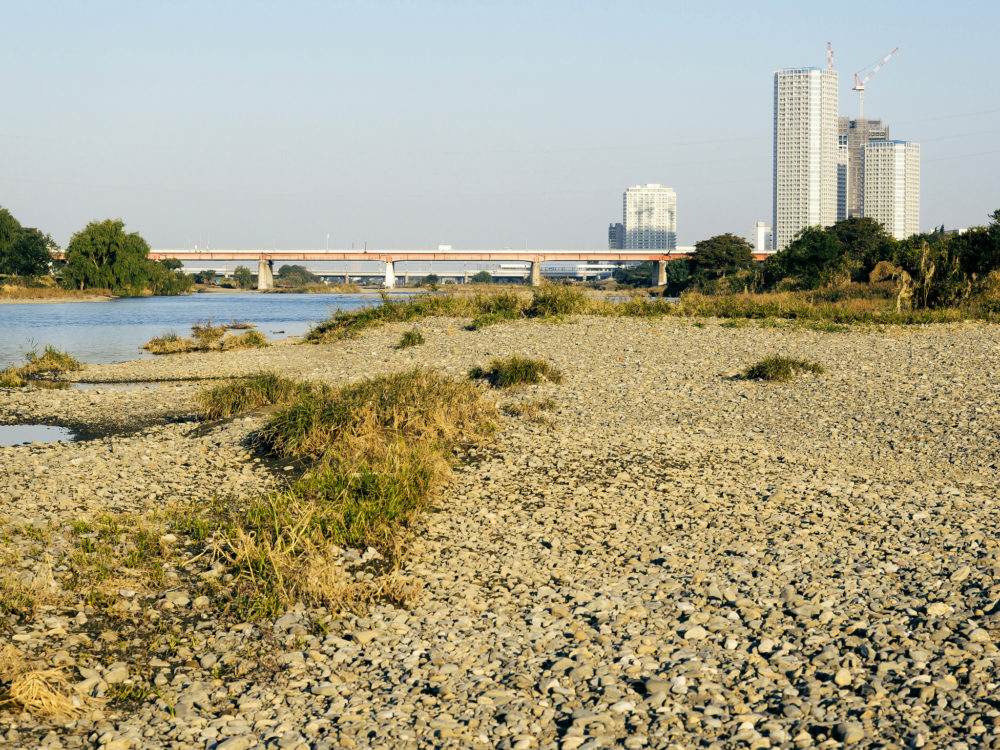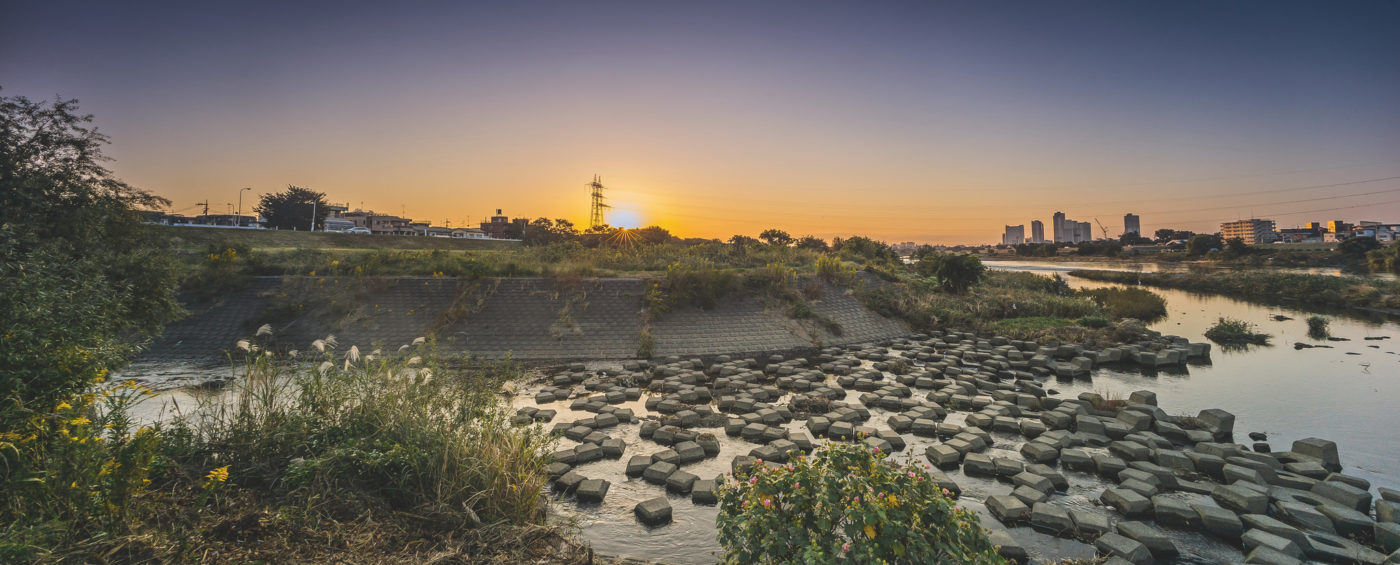Tama River stone
Do Stones Have History?
It seems I have spent my whole life studying and teaching about Japan – at least the last 50 years. I have recently retired from the International Christian University (ICU) in Tokyo, where I taught modern Japanese history. In 1989, my wife and four young children were fortunate to spend a sabbatical year at the Australian National University in Canberra. Two things happened that made me concerned about changes taking place in the environment, and interested in environmental history. First we were warned about sending our children out to play without proper protection, including sunscreen and special hats with back flaps. There was much talk about ozone holes and skin cancer. Second, I participated in an informal seminar led by Mark Elvin on the new field of environmental history. Together we read and discussed Donald Worster’s book, The Ends of the Earth: Perspectives on Moderns Environmental History. That really opened my eyes and soon after my return to Japan in 1990, I developed a general education course on Global Environmental History (with focus on Japan), a course I have been teaching ever since; in fact it was it was it last course I taught before I retired in the spring of 2018.
I began the course each year with a question: Do stones have history? Students were somewhat perplexed. At that point, I introduced ‘my stone’ and began to tell its history: first as prop in a class on environmental history, before an ornamental stone in my garden, brought to my house on the ICU campus when it was built in 1953, one of millions of stones in the nearby Tama River, some large and some small with a history of change in shape and location of over 500 million years. That led into a discussion of the concrete used in the 1941 building in which they were sitting. I informed the students that its concrete was made in the Kawasaki Cement Works from limestone quarried in the Chichibu Mountains and gravel extracted from the Tama River. That led into a lecture on the history of Japan’s gravel industry that took off in the 1870s. Concrete was the building material of modernising Japan, but also the cause of significant environmental destruction, especially to the Tama River until citizen protest movements stopped gravel extraction from it and other rivers in the late 1960s.

Photo: Guilhem Vellut
I urged students to look around to find how stones are part of their everyday lives: to look closely at stones in the concrete and asphalt paths and roads on which they walked or rode their bicycles, and at the stone beds over which their commuter trains rode – and at concrete buildings, bridges, and even riverbanks – and to question where did all these stones came from and at what cost to the natural environment?

Throughout the course on global environmental history, I highlighted local examples: my garden stone, our classroom building, the Tama River (about 6 km from ICU), the Koremasa Gravel works (about 7 km from ICU), the Kawasaki Cement Works (about 20 km from ICU), the limestone quarries at Mount Buko in the Chichibu mountains (about 70 km from ICU), and the so-called Tama Bullet, a local train between Musashi Sakai Station (about 3 km from ICU) and Koremasa on the Tama River 7 km away – the line opened in 1919 as a gravel line but now serves commuters to their suburban homes and to the Koreamasa Speedboat Race Track, built on an giant abandoned gravel pit in early 1970s.

In a final project, I encouraged students to relate the personal and local with national and global environmental issues. Stones, rivers and mountains do have a history to tell. I have kept my stone on my desk for nearly 30 years. Perhaps the time has come to return it to our garden. Who know where it will be thousands of years from now.
M William Steele is Emeritus Professor at International Christian University, Tokyo, Japan

